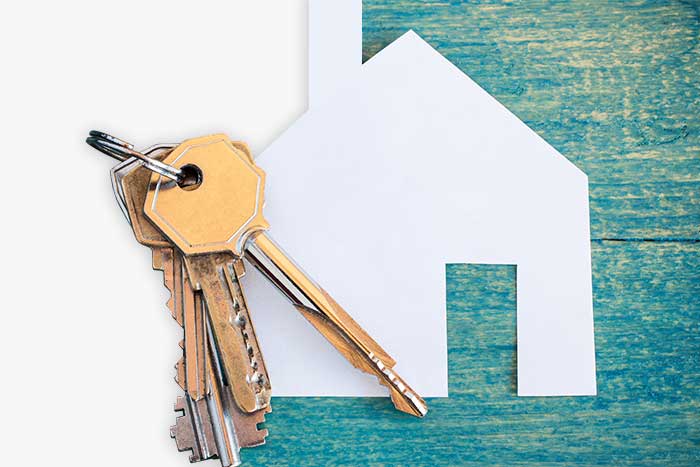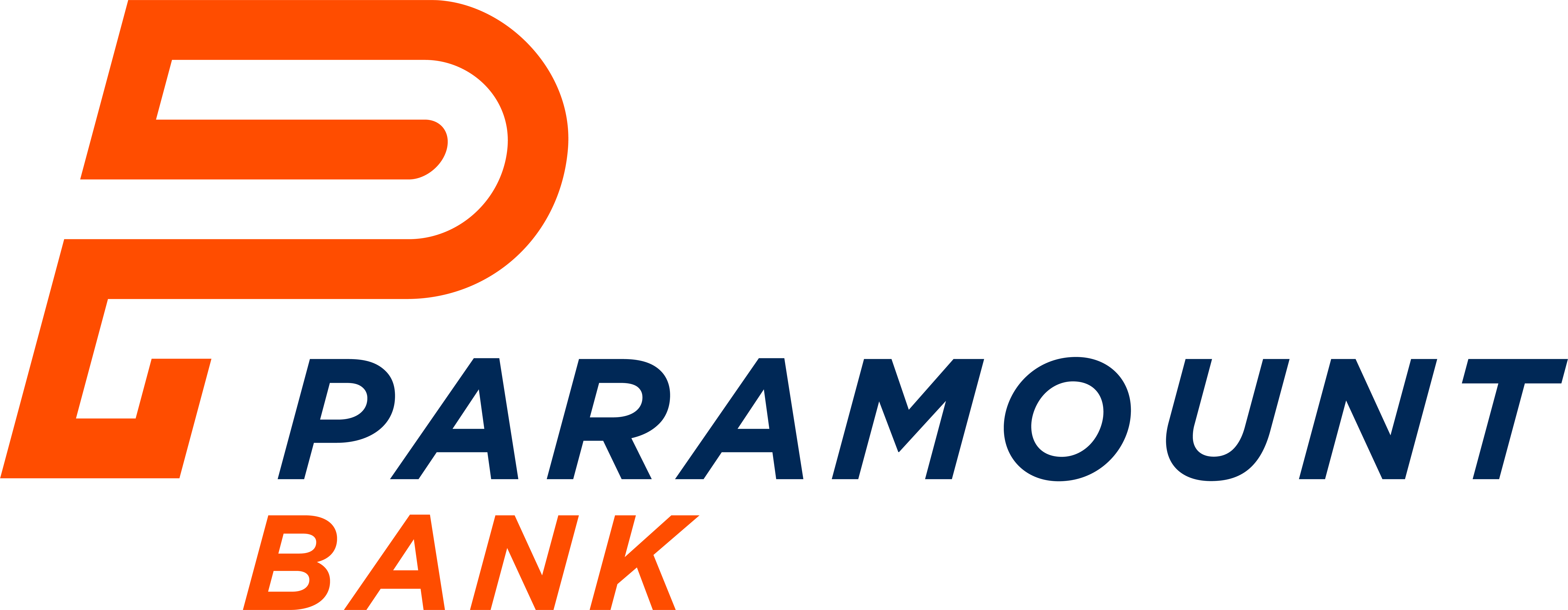
Looking for that diamond-in-the-rough house that you know could turn into the most beautiful house on the block? Unsure as to how you are going to pay for all the repairs and improvements the property so desperately needs? I have great news! You can finance the rehabilitation and repair costs of single-family properties through either conventional or FHA mortgage products.
A loan that includes the costs of planned repairs and improvements is often referred to as a “rehab loan” or a “renovation loan.” These mortgage products differ from traditional mortgages in that the maximum amount available to borrow is not determined from the current value or sale price of the home, but instead is based upon the final, post-improved or rehabilitated value of the residence. This critical distinction allows a borrower to finance an amount greater than the present value of the home!
As mentioned above, there are both conventional (Homestyle Renovation loans) and FHA (203(k)) rehab loan products available for existing homeowners (i.e. refinances) and purchases alike. While both share the same basic principles, there are differences between the two.
On the conventional side, Homestyle Renovation loans require a minimum 20% down payment or borrower equity in the residence for both one-unit primary residences and second homes and 25% down with respect to investment properties. The down payment amount is again calculated off of the post-improved value of the residence, not the present value. Borrowers may finance the rehabilitation of single-unit primary residences, second homes or investment properties and the maximum loan amount it limited to 50% of the post-improved appraised value of the residence, not to exceed the conforming loan limitations (i.e. $417,000 for a one-unit residence located in Missouri).
On the other hand, FHA 203(K) loans require a minimum down payment of only 3.5% of the post-improved value of the home. Unlike its conventional counterpart, 203(K) loans only permit the borrower to finance the rehabilitation of their principal/primary residence, not second homes or investment properties and the maximum loan amount is limited to the then current FHA county maximums (i.e. $271,050 is the FHA national average. Please check with your local Paramount Bank office to get specific maximums for your county).
Though there are several differences between the conventional and FHA rehab loan products, they are similar with respect to the loan limitations depending upon the nature of the contemplated renovations. A borrower desiring to make only cosmetic or non-structural improvements to the home can avail themselves of a “streamline” version of both conventional and FHA rehab loans in which the contemplated improvements do not exceed $35,000. This streamline version does not require the use of a consultant, architect, and engineer or as many inspections as necessary in a traditional rehab loan in which structural changes, room addition, exterior grading or landscaping, etc. are performed.
Fewer and fewer lenders originate rehab loans these days, however Paramount Bank is one such lender. We are one of the rare experts for this very useful and often overlooked loan product which provides borrowers the ability to turn a house with endless potential into the home of your dreams. Call us for further details on these and other offered loan products today!

